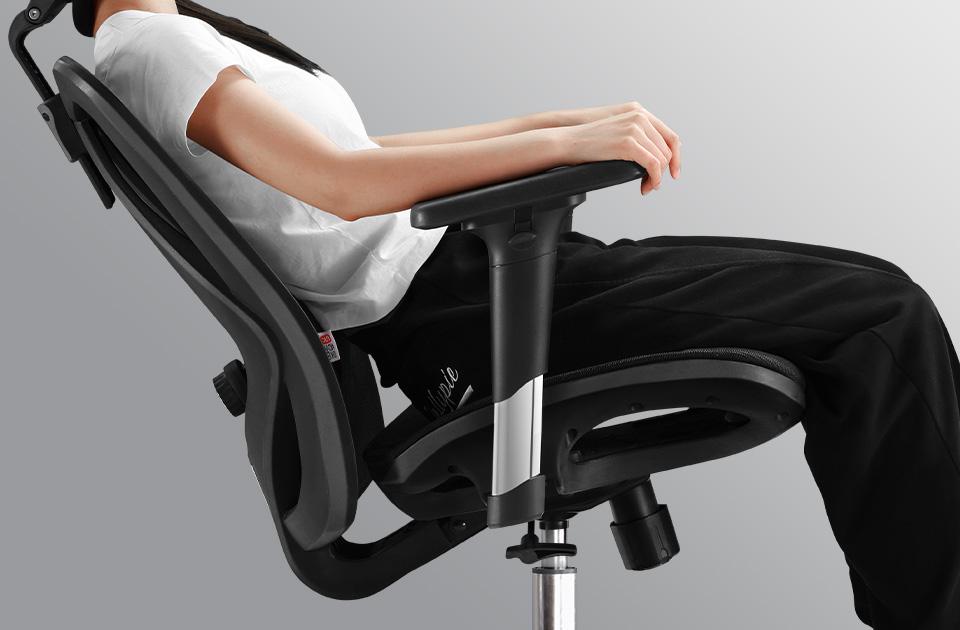Having a chair that reclines is a luxurious feature, providing comfort and relaxation. However, encountering a chair that refuses to lean back can be frustrating. Whether it's a squeaky noise, stiff mechanism, or simply a chair that won't budge, this article will guide you through the process of fixing a chair that won't lean back. So let's dive into the step-by-step instructions to restore your chair's functionality and bring back the much-needed comfort.
Identify the Issue
The first step in fixing a chair that won't lean back is identifying the underlying problem. Common issues could include a loose or damaged reclining mechanism, stuck components, or worn-out parts. Inspect the chair thoroughly to determine the exact cause before proceeding with the repair.
Gather the Necessary Tools
To fix your chair, you'll need a few basic tools that are readily available. Ensure you have a screwdriver (Phillips or flathead, depending on the chair's construction), pliers, lubricant (such as WD-40 or silicone spray), and replacement parts if required.
Disassemble the Chair
Once you've identified the problem, it's time to disassemble the chair to access the reclining mechanism. Carefully remove any seat cushions or covers, if applicable, to expose the inner components. Keep track of the screws and small parts during disassembly to ensure easy reassembly later.
Inspect and Repair the Reclining Mechanism
With the chair disassembled, inspect the reclining mechanism for any visible damage, loose connections, or worn-out parts. Tighten any loose screws, nuts, or bolts using the appropriate tools. If you notice damaged or broken parts, consider replacing them with new ones.
Lubricate the Moving Parts
In many cases, a ergonomic chair that won't lean back is simply suffering from lack of lubrication. Apply a suitable lubricant, such as WD-40 or silicone spray, to the moving parts of the reclining mechanism. Focus on the pivot points, hinges, and any areas that exhibit resistance or stiffness. Work the lubricant in by gently moving the mechanism back and forth to ensure even distribution.
Reassemble the Chair
After completing the necessary repairs and lubrication, it's time to reassemble the chair. Carefully align the components and secure them using the appropriate screws and fasteners. Double-check that all parts are securely tightened to ensure a stable and functional chair.
Test and Adjust
With the chair fully reassembled, test the reclining mechanism to ensure it's functioning properly. Gently lean back on the chair, applying even pressure, and check if it reclines smoothly without any resistance or strange noises. If necessary, make any final adjustments or tighten any loose parts until you achieve the desired functionality.
Conclusion
A malfunctioning chair that won't lean back can be a frustrating experience. However, armed with the right knowledge and tools, you can easily fix this issue yourself. By following the step-by-step instructions provided in this guide, you'll be able to identify the problem, perform the necessary repairs, and restore your chair's reclining functionality. Remember to exercise caution during the process and seek professional assistance if needed. Soon enough, you'll be enjoying the comfort of a fully functional, reclining chair once again.



